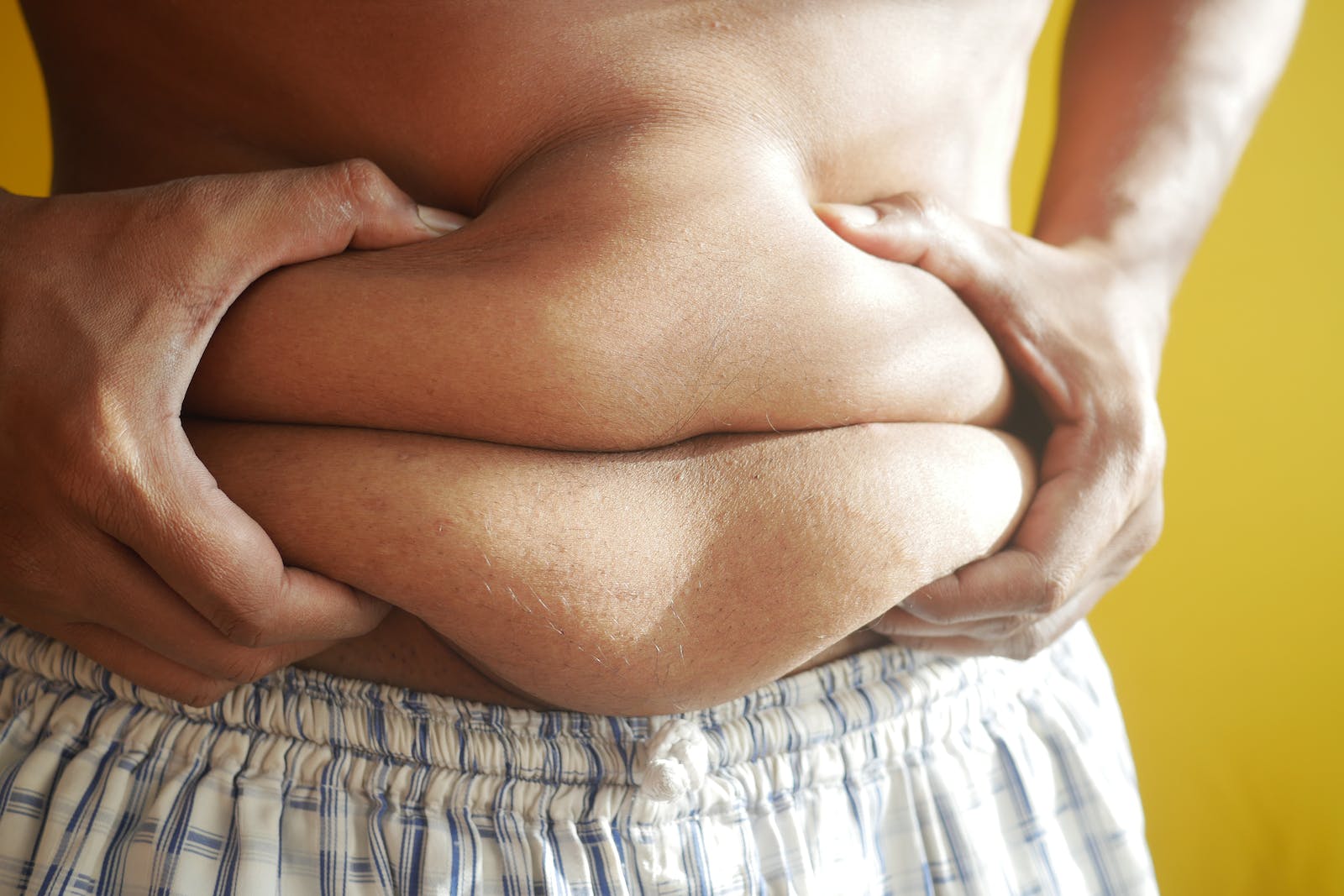
When it comes to body fat, it’s easy to believe all fat is the same. However, not all fat in your body is created equal. There are different types of fat, specifically, brown fat and white fat. These two types of fat have different functions, locations, and impacts on health. What’s more intriguing is that our genetic makeup plays a role in determining our proportion of brown fat and white fat. Let’s delve into the differences between brown fat and white fat and explore how genetic testing can give us insights into our unique fat distribution.
What is White Fat?
White fat is what we typically think of when we imagine body fat. It’s the fat that accumulates around our waistlines and is indicative of excess calories. Its primary role is to store energy for later use. White fat cells are large cells that have a single fat droplet, and they are fewer in mitochondria, which are the cells’ powerhouses. White fat also serves as insulation to keep us warm and acts as a cushion to protect our organs.
What is Brown Fat?
Unlike white fat, brown fat is less common and has a different function. Brown fat is packed with mitochondria, giving it its brownish color. The primary role of brown fat is to generate heat. It does this by burning calories when activated by cold temperatures. Brown fat is more common in newborns and decreases as we age.
Brown Fat vs. White Fat: The Genetic Connection
Scientific research has revealed that our genetic makeup influences the amount and activity of brown fat in our bodies. Certain genetic variants are associated with increased brown fat activity, which can influence body weight and metabolic health. For instance, a study published in the journal “Nature” found that people with a specific variant of the UCP1 gene, which is involved in energy expenditure, had a higher amount of active brown fat.
The Role of Genetic Testing
This is where genetic testing comes in. By analyzing specific genetic markers, genetic tests like those offered by CircleDNA can provide insights into an individual’s unique genetic predisposition towards brown fat and white fat distribution. This information can be useful to understand one’s risk of weight gain and the potential effectiveness of different weight management strategies.
Can White Fat Be Converted to Brown Fat?
Interestingly, some studies suggest that certain conditions like cold exposure and exercise can stimulate the “browning” of white fat, where white fat cells develop features similar to brown fat cells. This process, too, seems to be influenced by genetic factors. However, the “browning” process is complex and not yet fully understood.
The Role of Brown Fat in Weight Loss
Brown fat, with its ability to burn calories, is of significant interest in the realm of weight loss and metabolic health. Genetic testing can provide valuable insights into an individual’s brown fat composition, potentially helping to tailor more effective weight-management strategies.
Conclusion
Brown and white fat play different roles in the body, and their distribution and function are influenced by our genes. Understanding the differences between these two types of fat and how they function can offer new insights into obesity, metabolic disorders, and potential treatment strategies. By leveraging genetic testing, we can gain a better understanding of our unique genetic makeup and use this knowledge to make more informed decisions about our health and wellness.
Remember, while the science of brown fat and the role of genetics are promising, there are no quick fixes when it comes to weight loss and overall health. Regular physical activity, a balanced diet, and a healthy lifestyle remain the cornerstones of weight management and well-being.







Can you be more specific about the content of your article? After reading it, I still have some doubts. Hope you can help me.